- NRR 33
Tested according to ANSI Specs S3.19-1974
The level of noise entering a person’s ear, when hearing protector is worn as directed, is closely approximated by the difference between the A-weighted environmental noise level and the NRR.
| Attenuation Chart (ANSI S3.19-1974) | |||||||||
| Frequency | 125 | 250 | 500 | 1000 | 2000 | 3150 | 4000 | 6300 | 8000 |
| Mean Attenuation (dB) | 42.9 | 40.4 | 45.7 | 42.0 | 40.4 | 42.6 | 46.1 | 47.6 | 45.6 |
| Standard Deviation (dB) | 4.7 | 4.2 | 5.1 | 3.9 | 1.8 | 5.6 | 4.6 | 4.9 | 4.5 |
Example:
- The environmental noise level as measured at the ear is 92 decibels dB(A).
- The NRR is 33 decibels (dB).
- The level of the noise entering the ear is approximately 59 dB(A).
Noise Reduction Rating 33 Decibels (When used as directed).
The range of noise reduction ratings for existing hearing protectors is approximately 0 to 30 (Higher numbers denote greater effectiveness).
Suggested use
Ear plugs must be inserted properly for optimum performance.
- With clean hands, firmly roll entire ear plug between thumb and fingers to form a thin tight cylinder.
- Using one hand, gently lift top of ear up to open ear canal. With other hand, insert smaller rounded end of ear plug.
- With forefinger, hold ear plug in place until it expands to form a comfortable, snug it.
Practice of insertion is recommended. Please refer to the video fitting instructions at HEAROS.Com. Discard product after several uses or as soon as dirt or wax accumulates on ear plugs.

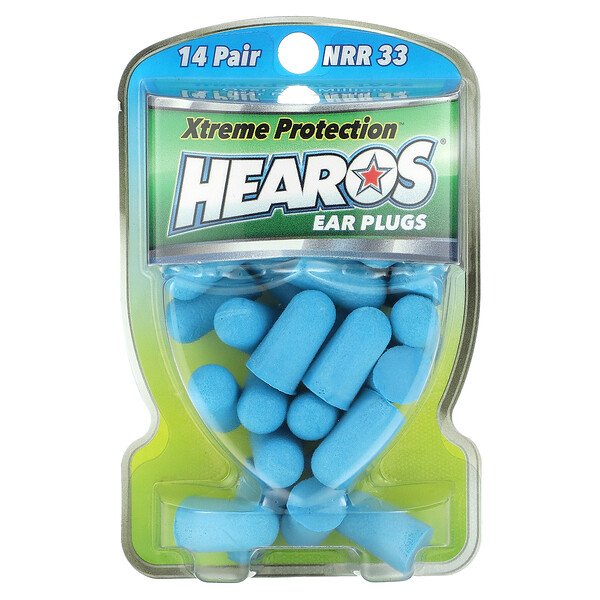
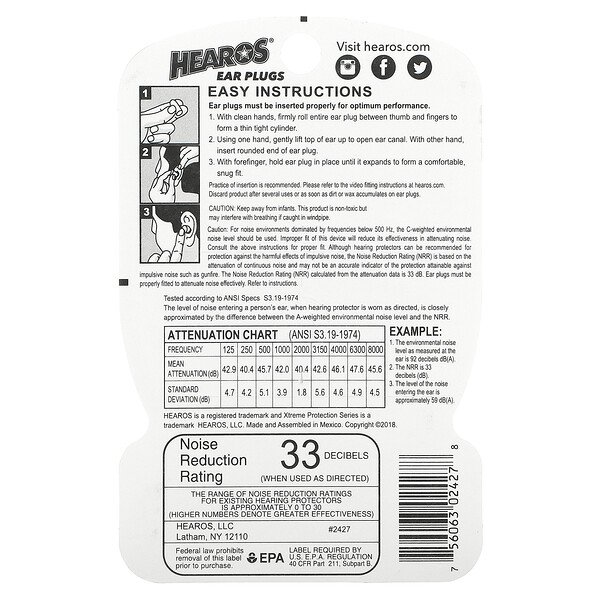
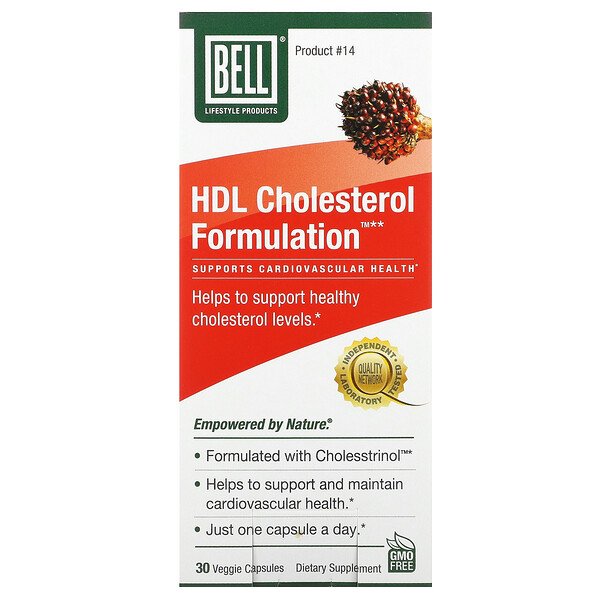
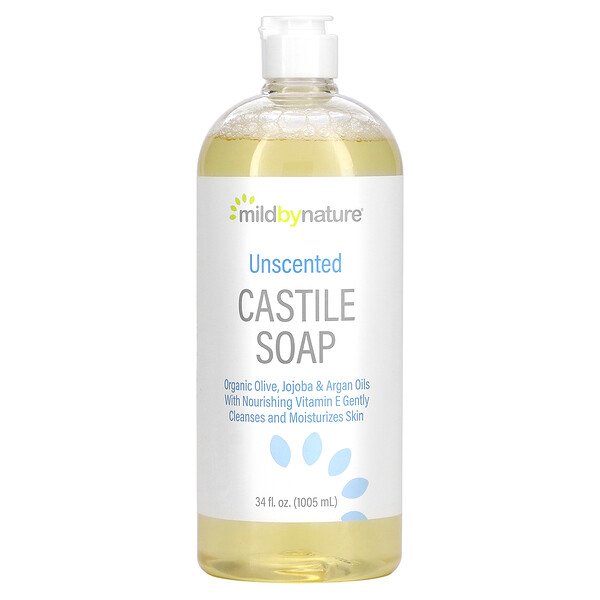


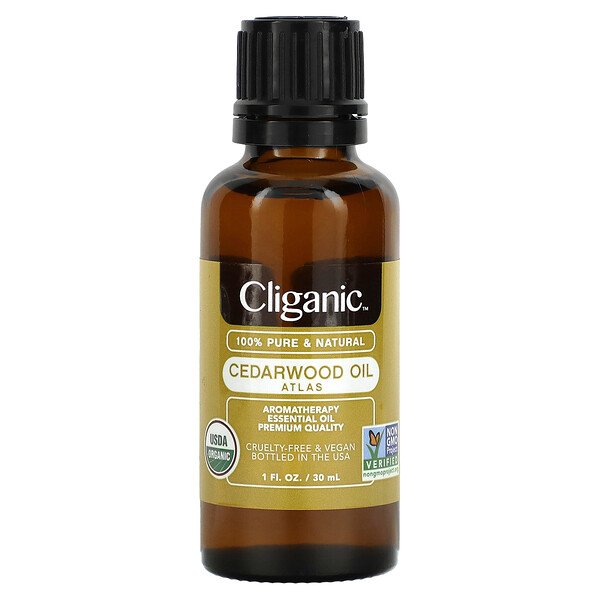

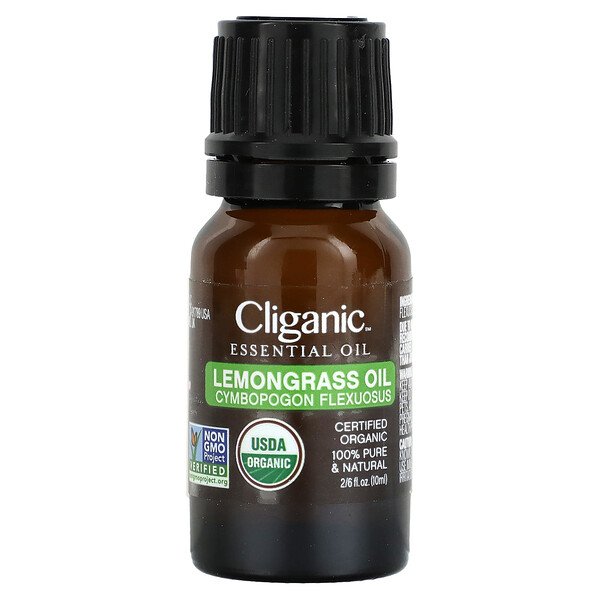





















Reviews
There are no reviews yet.